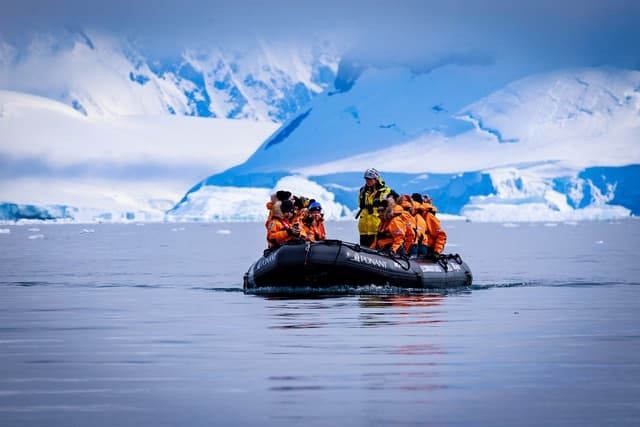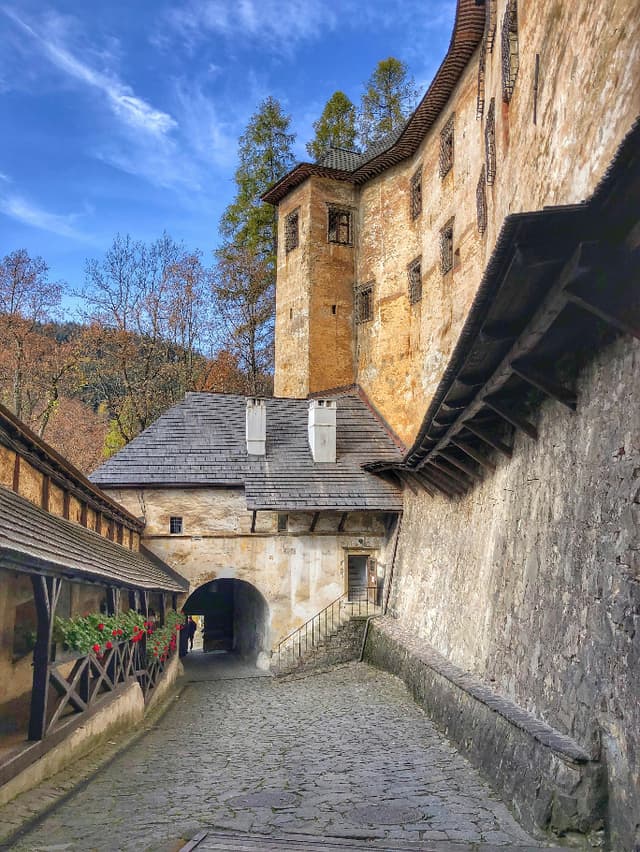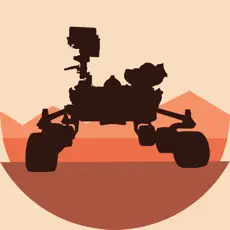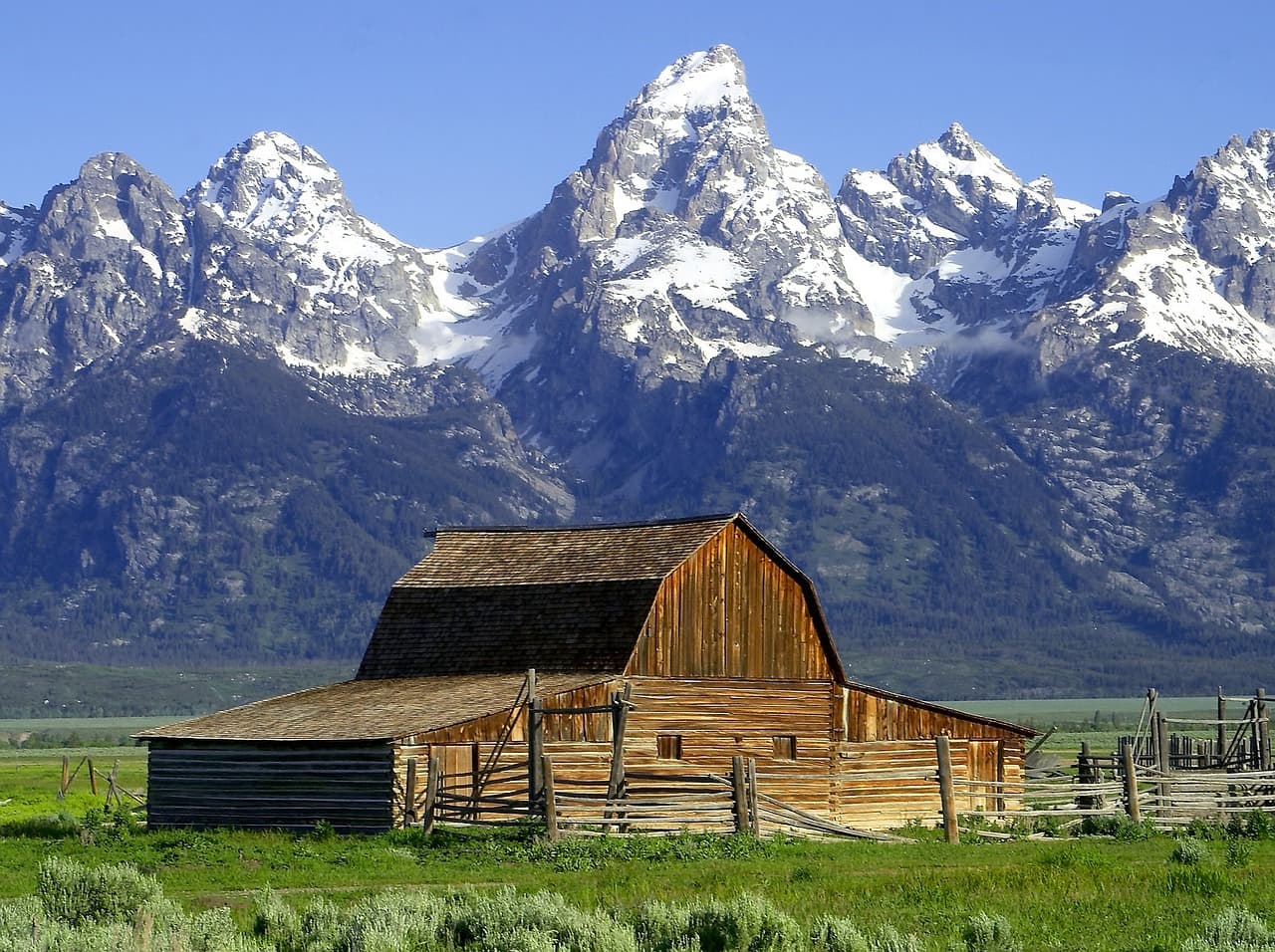Antarctic Cruise vs. Oravský Podzámok
Antarctic Cruise
Antarctica remains one of the least-visited places on Earth due to its remoteness and challenging environment. An Antarctic cruise offers adventurers unique, pristine landscapes, abundant wildlife (penguins, seals, whales), exciting activities (kayaking, hiking, camping) in one of the world's most remote locations.It's an adventure few others have experienced!
Oravský Podzámok
Oravský Podzámok is a small village in northern Slovakia, sitting at the foot of Orava Castle, one of the country's most famous medieval fortresses. It lies in the Orava region, about 11 km north of Dolný Kubín, surrounded by the rolling hills of the Orava Highlands. The Orava River flows through the area, shaping both the landscape and the history of the settlement. The village has a long history, with evidence of habitation dating back to the turn of the first millennium. However, it was first mentioned in writing in 1267, mainly in connection with the castle. For centuries, it was a settlement of castle workers and farmers under the rule of noble families like the Thurzos. It remained closely tied to the castle until the 19th century when it became an independent municipality. The main attraction is Orava Castle itself, an impressive fortress built on a steep rock overlooking the village. The castle has sections from different time periods, ranging from the 13th to the 17th ce...
Reviews
Reviews
| Item | Votes | Upvote |
|---|---|---|
| See the Antarctic before it melts | 2 | |
| It's the ultimate adventure | 2 | |
| Wildlife - penguins, seals, whales and more | 2 | |
| Exciting activities - kayaking, hiking, camping | 2 |
| Item | Votes | Upvote |
|---|---|---|
| Very expensive | 2 |
| Item | Votes | Upvote |
|---|---|---|
| Quiet | 1 | |
| Small | 1 | |
| Pretty | 1 |
| Item | Votes | Upvote |
|---|---|---|
| No cons yet, would you like to add one? | ||
Frequently Asked Questions
An Antarctic Cruise offers a unique and extreme adventure with opportunities to see wildlife like penguins, seals, and whales, along with activities such as kayaking and hiking in one of the most remote places on Earth. In contrast, visiting Oravský Podzámok provides a quieter experience steeped in history, with attractions like the medieval Orava Castle and the surrounding natural beauty of the Orava region. The choice depends on whether you seek an adventurous, wildlife-focused experience or a peaceful historical exploration.
An Antarctic Cruise is unparalleled for wildlife experiences, allowing travelers to see species such as penguins, seals, and whales in their natural habitat. Oravský Podzámok, while beautiful and historically rich, does not offer the same level of unique wildlife encounters, focusing more on cultural and historical attractions.
An Antarctic Cruise is generally very expensive due to its remote location and the unique experiences it offers. In contrast, visiting Oravský Podzámok is likely to be more budget-friendly, making it a more accessible option for travelers looking for a quieter, historical experience without the high costs associated with Antarctic travel.
An Antarctic Cruise provides a range of exciting outdoor activities such as kayaking, hiking, and camping in a stunning and remote environment. Oravský Podzámok offers outdoor activities as well, including hiking and cycling in the picturesque Orava region, but the variety and intensity of activities available on an Antarctic Cruise are generally more adventurous.
Pros of an Antarctic Cruise include the opportunity to see the Antarctic before it melts, experiencing the ultimate adventure, observing diverse wildlife such as penguins, seals, and whales, and engaging in exciting activities like kayaking, hiking, and camping. The main con is that it is very expensive.
On an Antarctic Cruise, you can see a variety of wildlife including penguins, seals, and whales. The region is known for its unique and abundant animal life.
An Antarctic Cruise offers a range of exciting activities such as kayaking, hiking, and camping. These activities allow you to explore the pristine landscapes and get closer to the wildlife.
An Antarctic Cruise is considered the ultimate adventure because it takes you to one of the least-visited and most remote places on Earth. The challenging environment, pristine landscapes, and unique wildlife make it an unparalleled experience.
An Antarctic Cruise is expensive due to the remote location, the need for specialized equipment and ships, and the logistical challenges of operating in such an extreme environment. These factors contribute to the high cost of the experience.
Oravský Podzámok is known for its proximity to Orava Castle, one of Slovakia's most famous medieval fortresses. The village has a rich history dating back to the first millennium and features several historical sites, including the Church of St. John of Nepomuk and various 18th and 19th-century buildings.
The pros of visiting Oravský Podzámok include its quiet atmosphere, small size, and picturesque scenery. There are currently no cons listed by users, making it an appealing destination for those looking to explore a tranquil village with historical significance.
In Oravský Podzámok, visitors can explore the impressive Orava Castle, hike in the surrounding Orava Highlands, and enjoy cycling or winter sports in the nearby mountains. The village's traditional atmosphere also offers a unique cultural experience.
Oravský Podzámok is located about 11 km north of Dolný Kubín in northern Slovakia. It can be reached by car or public transportation, making it accessible for tourists exploring the Orava region.
Related Content & Alternatives
- 1
 1.Cruise direct
1.Cruise directMy personal favorite! Specializes in cruise bookings and offers a price guarantee. Features deals, discounts, and last-minute offers.
- 0
 2.expedia
2.expediaA classic booking website Known for flight and hotel bookings, but also has a robust cruise booking section. Allows you to bundle cruises with flights and hotels for additional savings.
- 0
 3.Kayak
3.KayakI quite like kayak personally, I have used it in the past for other bookings but never for cruises Known for flight searches, but also offers cruise comparisons. Aggregates deals from various cruise lines and travel agencies.
- 3
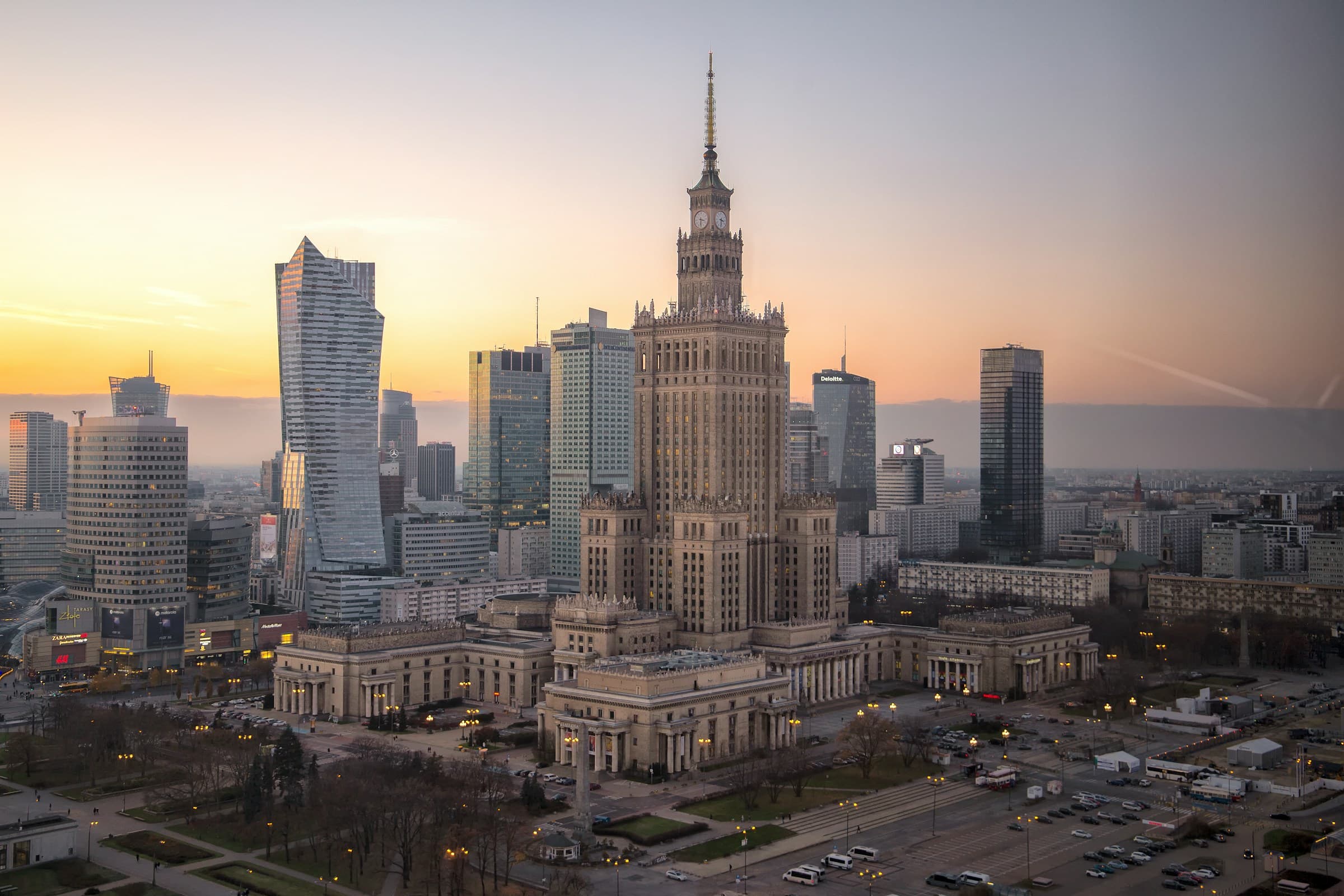 1.Warsaw, Poland
1.Warsaw, PolandWarsaw is the capital of Poland, sitting on the Vistula River in the east-central part of the country. With nearly 1.9 million people in the city and over 3 million in the wider metropolitan area, it’s Poland’s biggest city. It’s a place where old and new collide—modern skyscrapers stand next to rebuilt historic districts, and its skyline is a mix of glass towers and ornate churches. The Old Town, destroyed in World War II and painstakingly rebuilt, is now a UNESCO World Heritage Site. Walking through its cobblestone streets, you’ll find the Royal Castle and the colorful Market Square. Not far off is the Royal Route, a stretch of old palaces, churches, and the Presidential Palace, leading down to the grand Wilanów Palace and its gardens. Despite the scars of war—most of the city was flattened during WWII—Warsaw bounced back fast. The post-war communist era left a mark with grey apartment blocks and the towering Palace of Culture and Science, a gift from the Soviet Union that’s still one of the tallest buildings in Poland. Now, Warsaw’s business district is full of sleek glass skyscrapers, including the Varso Tower, the tallest in the EU. Green spaces are everywhere. Łazienki Park, home to peacocks and the Chopin monument, is a popular spot for Sunday strolls. The Vistula Riverbanks are packed with bars and cycling paths in summer. Even with its urban sprawl, about a quarter of the city is covered by parks and forests. Warsaw’s history is complicated. It was once a cultural melting pot, with a large Jewish community before the Holocaust. The city remembers that past with places like the POLIN Museum and the remnants of the Warsaw Ghetto. It also honors its wartime resistance, especially the 1944 Warsaw Uprising, with monuments and the powerful Uprising Museum. The city’s cultural life is rich. It hosts jazz festivals, classical concerts (especially anything Chopin-related), and has a buzzing nightlife. Food-wise, you’ll find everything from traditional Polish pierogi and hearty soups to modern vegan spots and Michelin-starred restaurants. There’s even a strong café culture, with old-school spots alongside trendy coffee bars. Weather in Warsaw is typical for Central Europe—cold, snowy winters and warm, sometimes stormy, summers. Spring and autumn can be mild and pleasant, though the weather can change quickly. In short, Warsaw is a city of contrasts. It’s got a tragic past but a vibrant present, blending historic charm with modern energy. Whether you’re wandering through its parks, exploring museums, or sipping coffee along the river, there’s plenty to take in.
- 0
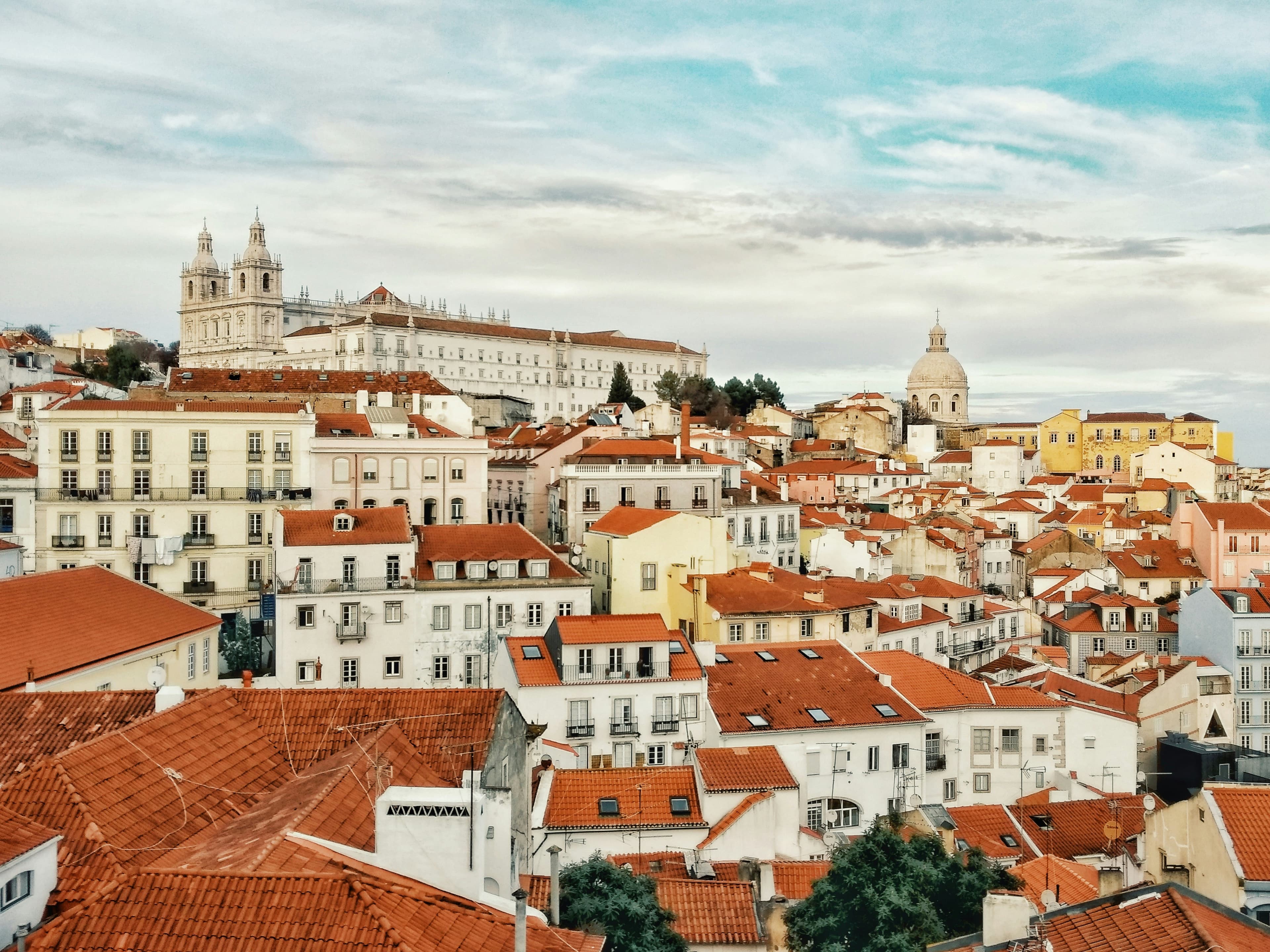 3.Lisbon, Portugal
3.Lisbon, PortugalLisbon sits on the western edge of Europe, right where the Tagus River meets the Atlantic Ocean. The city is built on a series of hills, which gives it sweeping views of red-tiled rooftops, cobbled streets, and the water beyond. Walking around, you’ll notice how the narrow lanes twist and turn, especially in neighborhoods like Alfama, where clotheslines stretch between buildings and the smell of grilled sardines lingers in the air. It’s a place where old and new blend together. You’ll find trams from the early 20th century rattling through streets, while modern glass buildings rise up in other parts of town. Down by the river, the Belém Tower and Jerónimos Monastery, both from the Age of Discovery, remind you that Portuguese explorers once set out from this very spot. Lisbon gets plenty of sunshine—nearly 3,000 hours a year. Summers are warm and dry, while winters stay cool and damp, but not too cold. Along the riverbanks, locals sit at cafés, sipping coffee or wine, while ferry boats glide across the water. Economically, Lisbon is Portugal’s hub, with banking, tech companies, and tourism bringing in most of the money. There’s a steady flow of visitors, drawn by the mild weather, historic sites, and laid-back vibe. Despite the city’s modernization, many residents struggle with rising living costs, especially with the influx of tourists and expats driving up housing prices. Culturally, the city is rich. Fado music echoes from small bars, and street art colors many walls. Markets buzz with fresh produce and seafood. People here celebrate Saint Anthony’s festival in June with street parties, music, and grilled sardines everywhere you look. Getting around is easy enough. There’s an extensive metro system, old-school trams, buses, and even ferries to cross the river. And if you fancy a bit of green space, parks like Eduardo VII Park or Monsanto Forest Park offer a break from the city streets. In short, Lisbon is a city that wears its history proudly but doesn’t mind embracing the modern world. It’s got a relaxed pace, friendly locals, and a charm that’s hard to shake.
- 2
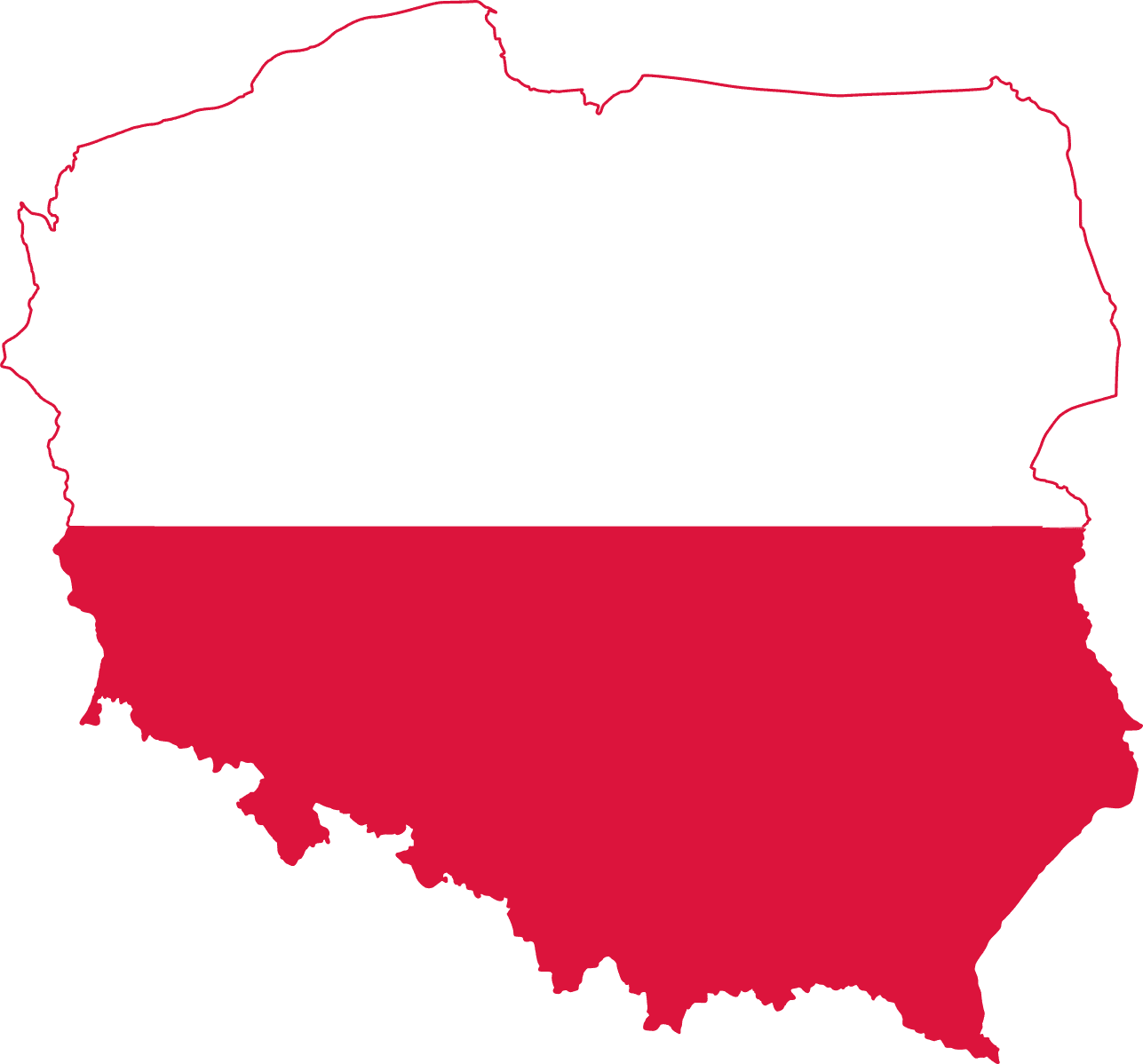 2.Poland
2.PolandPoland sits in Central Europe, stretching from the Baltic Sea in the north to mountains in the south. It shares borders with Germany to the west, Lithuania and Russia to the northeast, and several other countries along the east and south. Its landscape is a mix—flat plains in the center and north, and hilly or mountainous areas in the south. The coastline along the Baltic Sea is known for sandy beaches and coastal ridges. Inland, there are thousands of lakes, especially in the northeast, and big rivers like the Vistula and Oder cut across the land. The weather is temperate. Summers are warm, winters moderately cold. Rain tends to fall more during the summer months, and winters are becoming drier over time. Poland has deep roots in European history. It became a kingdom in 1025, later forming a powerful union with Lithuania. The Polish–Lithuanian Commonwealth was once one of Europe’s biggest states, with a unique political system. Poland's fortunes shifted in the late 18th century, when its neighbors carved it up, erasing it from maps for over a century. It re-emerged after World War I, only to be invaded at the start of World War II—a conflict that brought devastation and the horrors of the Holocaust. After the war, Poland fell under Soviet influence, but by 1989, it was the first Eastern Bloc country to shake off communism, thanks largely to the Solidarity movement. Today, Poland is a democratic country with a population of over 38 million. Warsaw, the capital, is the largest city. Others like Kraków, Gdańsk, and Wrocław are known for historic centers and vibrant culture. The economy is strong, with Poland being one of the larger economies in the European Union. Nature lovers come for places like the Tatra Mountains or the ancient Białowieża Forest, home to Europe’s largest land mammal—the European bison. There are 23 national parks, and over 17 sites are recognized as UNESCO World Heritage locations, from medieval town squares to the haunting Auschwitz-Birkenau memorial. Culturally, Poland has a rich tradition of music, literature, and art. Composer Frédéric Chopin and novelist Joseph Conrad both came from here. More recently, Poland’s fantasy literature, like Andrzej Sapkowski’s The Witcher series, has found global fame. Polish cuisine is hearty, with dishes like pierogi (dumplings), bigos (a cabbage and meat stew), and żurek (sour rye soup). Vodka has its roots here, but beer and wine are also popular. Sports are big in Poland—football (soccer) is a national passion, though volleyball and speedway racing attract large crowds too. The country also boasts top tennis players like Iga Świątek and mountaineers who’ve climbed the world’s highest peaks. Despite its complicated past, Poland today balances its historical heritage with modern growth. Old town squares sit beside new buildings, and traditions are kept alive alongside a fast-developing economy and infrastructure.
- 3
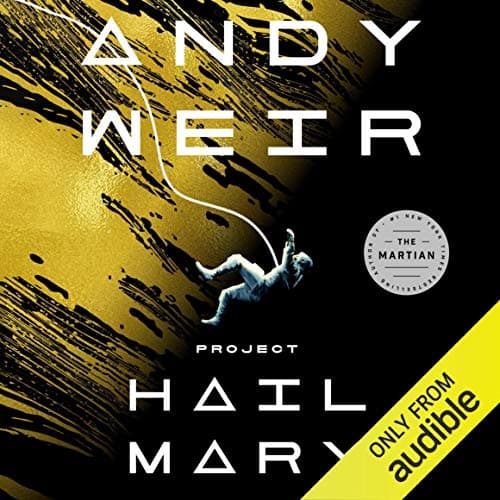 1.Project Hail Mary by Andy Weir
1.Project Hail Mary by Andy Weir"Project Hail Mary" is a space adventure story written by Andy Weir, the same guy who wrote "The Martian." It's about a man named Ryland Grace who wakes up on a spaceship with no memory of who he is or why he's there. He figures out he's on a mission to save Earth from disaster. The story follows him as he tries to remember his past and complete his mission, which involves a lot of science and problem-solving. Along the way, he meets an alien, and they form an unlikely friendship. The book is full of cool science stuff, suspense, and humor. It's like a mix of a mystery and a space adventure, with a lot of heart. The narration by Ray Porter is superb, with sound effects and excellent voice work.
- 1
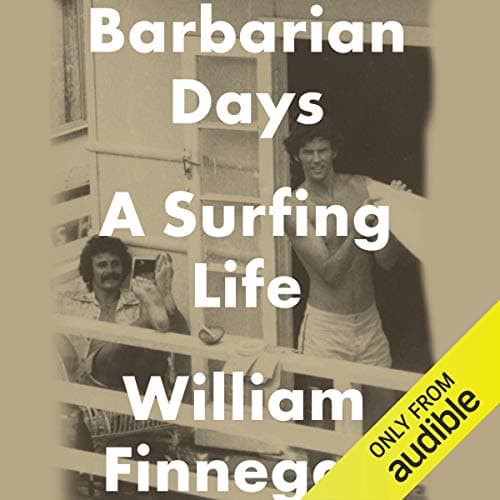 5.Barbarian Days by William Finnegan
5.Barbarian Days by William FinneganBarbarian Days: A Surfing Life is William Finnegan’s story about growing up obsessed with surfing. It’s not just about catching waves—it’s about a whole way of life that’s demanding, addictive, and sometimes dangerous. Finnegan started young, learning to surf in California and Hawaii, and kept chasing waves into adulthood, traveling through places like Fiji, Australia, Indonesia, and Africa. Along the way, he mixes adventure with self-reflection, talking about friendships formed in the water, the culture around surfing, and how it all fit with the times—especially during the social changes of the 1960s and '70s. The book isn’t just about the thrill of surfing; Finnegan dives into the technical side of waves and the patience it takes to master them. He’s honest about his youthful recklessness—like taking LSD before surfing a massive wave in Maui—and the risks that came with his travels, from malaria scares to navigating shady markets. Still, surfing pulls him along, even when he’s juggling a career as a war reporter and later, family life. At its core, Barbarian Days is an old-fashioned adventure tale mixed with a thoughtful look at what it means to be hooked on something so completely. Finnegan’s writing captures both the beauty and the grind of surfing, making you feel like you’re right there with him—whether on a remote beach or paddling out into icy waves off Long Island.
- 3
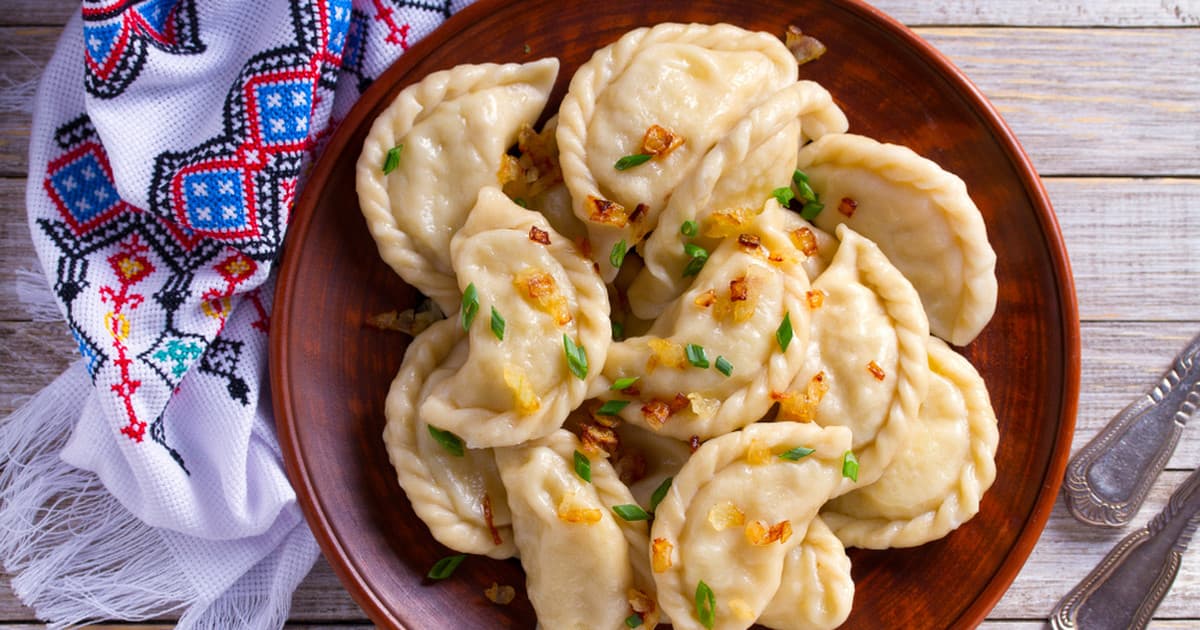 1.Polish Cuisine
1.Polish CuisinePolish cuisine is all about comfort, rich flavors, and tradition. It’s the kind of food that sticks to your ribs, perfect for long winters and big family gatherings. Think hearty soups, meat-heavy dishes, and a lot of potatoes, cabbage, and bread. Pierogi are probably the most famous Polish dish—soft dumplings filled with anything from potato and cheese to meat, mushrooms, or sweet fruits. Then there’s bigos, a slow-cooked hunter’s stew packed with sauerkraut, fresh cabbage, sausage, and sometimes even wild game. It’s the kind of dish that gets better the longer it sits. If you like schnitzel, you’ll love kotlet schabowy, a breaded pork cutlet usually served with mashed potatoes and pickled cucumber salad. And for something truly Polish, there’s żurek—a sour rye soup with sausage and egg, often served in a bread bowl. Poland is also big on fermented foods like ogórki kiszone (pickled cucumbers) and kapusta kiszona (sauerkraut), which add a tangy kick to meals. And if you have a sweet tooth, Polish desserts won’t disappoint—pączki (fluffy doughnuts filled with rose jam), sernik (a dense cheesecake), and makowiec (a poppy seed roll) are just the start. To wash it all down? Vodka, of course. Poland has been perfecting it for centuries. But if you prefer something milder, there’s always hot tea with lemon or kompot, a homemade fruit drink. Polish food is all about big portions, simple ingredients, and bold flavors. It’s the kind of cooking that makes you feel at home, no matter where you’re from.
- 0
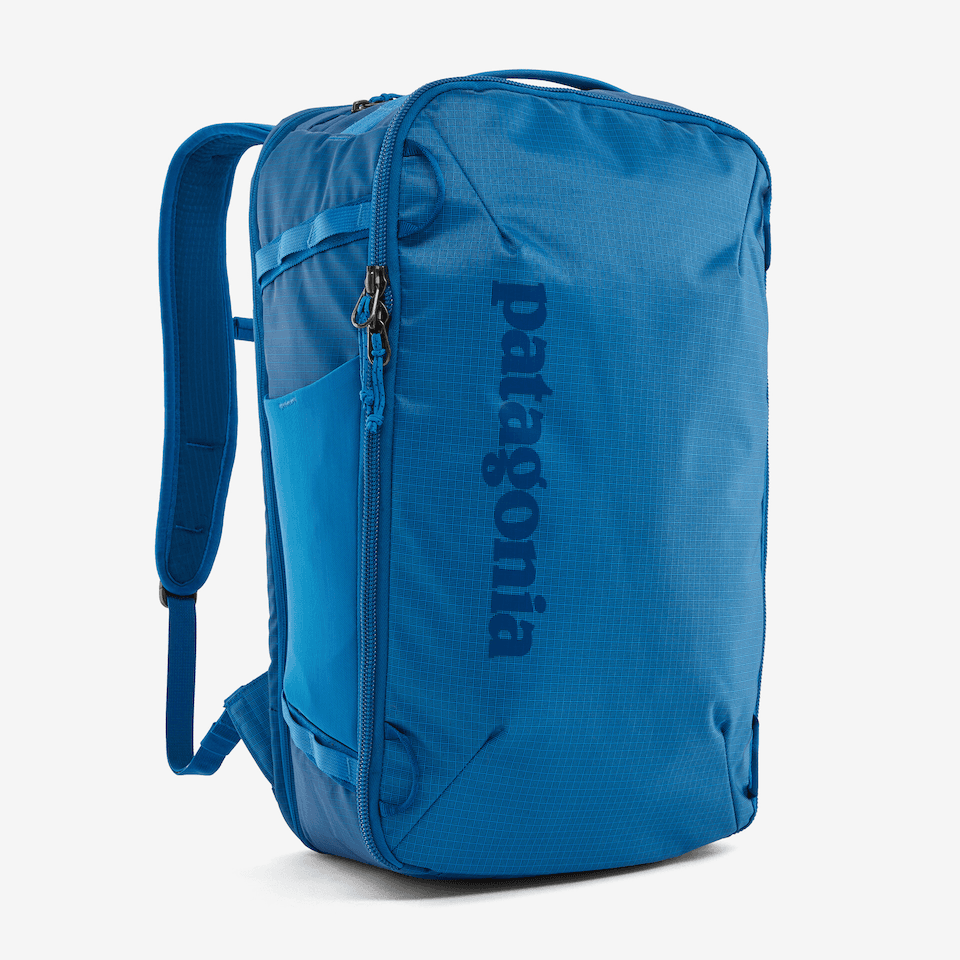 1.Patagonia Black Hole® Mini MLC® 30L
1.Patagonia Black Hole® Mini MLC® 30LThis travel-savvy, soft-sided backpack has tuck-away shoulder straps, plus a quick-stash padded hip belt that doubles as a shoulder strap. For use as a duffel bag or briefcase, tuck away all the straps and carry with one of the grab handles. The Mini MLC has plenty of room to keep you moving, but the bag also meets strict carry-on requirements. Made in a Fair Trade Certified™ factory.
- 1
 5.Ryanair
5.RyanairThe least dignified way to travel in Europe! Even booking a ticket with them is a nightmare trip through a maze of upsells and dark patterns. Once you have booked your flight, enjoy your 1-hour commute to a second-tier regional airport. The seats are tiny. They're made of cheap plastic, probably so that they can easily hose them down every 100th flight.
- 1
 1.Earth.fm app
1.Earth.fm appEarth.fm is a kind of a digital retreat where you can immerse yourself in the sounds of nature. It’s designed to help people unwind, reconnect with the Earth, meditate, and focus. Key Features: - Nature Soundscapes: A curated collection of soothing nature recordings from around the globe. - Interactive Soundmap: Explore sounds from different regions using a world map. - Mobile App: Enjoy nature's sounds wherever you are. - Quiet Places: Discover and learn about tranquil locations worldwide. - Support for Recordings: Encourages new contributions through grants. Benefits: Earth.fm offers a natural way to reduce stress, enhance focus, and nurture a connection with the environment. Whether you’re looking to meditate, work, or relax, the platform’s serene soundscapes provide an easy escape from the busyness of daily life. Use Cases: Perfect for anyone needing a moment of calm, Earth.fm is ideal for background sounds during work or study, meditation sessions, or simply unwinding after a long day. It’s also a great resource for nature lovers who want to explore the sounds of different ecosystems around the world.
- 1
 6.Himalayas
6.HimalayasHimalayas let's you filter jobs by time zone, visa, skills, company, salary, tech stack, and more. You can set up a profile and let companies discover you as well.
- 0
 19.Arc
19.ArcArc isn't exactly a job board. It's more of tool where you create a profile and it matches you with companies offering remote jobs. You need to pass a vetting process to qualify but after that you get direct invitation to interviews. Their AI automatically matches you with the jobs that best fit your profile.
- 1
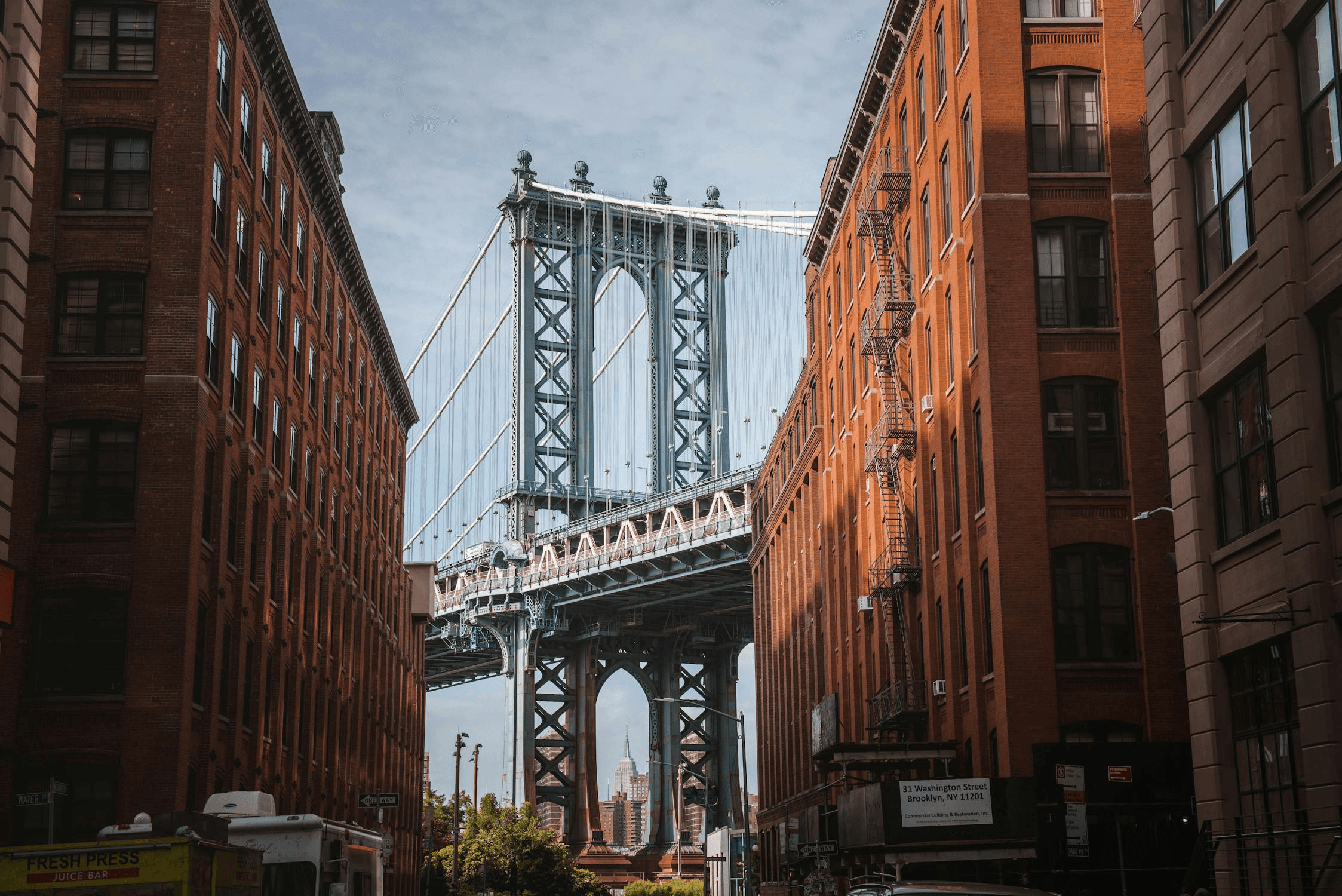 3.Walk around Brooklyn
3.Walk around BrooklynBrooklyn, a vibrant borough of New York City, is a melting pot of cultures and history. Known for its diverse neighborhoods, you can explore hipster havens like Williamsburg and Bushwick, stroll through the historic streets of Brooklyn Heights, or savor the multicultural vibes of Sunset Park. From the iconic Brooklyn Bridge and bustling Coney Island to the serene beauty of Prospect Park, Brooklyn offers something for everyone. Its thriving arts scene, with galleries, theaters, and live music venues, makes it a cultural hotspot. Plus, foodies will love the eclectic mix of cuisines available, from artisanal bakeries to authentic ethnic eateries.
- 0
 13.Glacaialith
13.Glacaialith........................................................................................................................................................................................................................................................................................................................................................................................................................................................................................................................................................................................................................................................................................................
